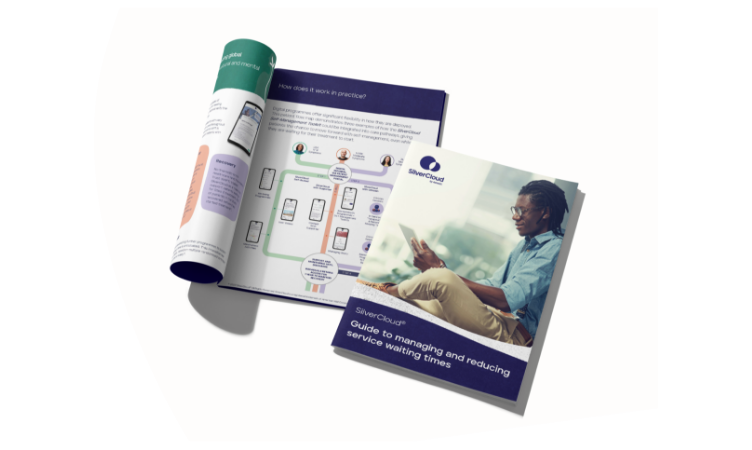
The impact waiting for care can have on Mental Health
In this keynote presentation from the NHE NHS Backlog conference, Mohammed Shabir considers the effect that delays have on NHS staff and patients and how digital therapies can help alleviate the pressure.

The effect of waiting on mental health
There are many factors that contribute to long wait times and it is not just elective treatments that are affected. The NHS faces many challenges as an employer, but is it offering the wellbeing support to make it competitive at talent attraction. Short term decision making can have negative long-term consequences, could better decisions be made with better diagnostics offered by digital solutions. Relying solely on people based solutions is not proving to be a scalable solution, integrating digital solutions to save admin time and improve support are vital to meeting the challenges facing the NHS. What may qualify as “elective” operationally can be critical to the patient and the anxiety and depression caused by prolonged wait times can impact patient resilience. Improving the flow of patient mental health information and the seamless handover between services will be key to allowing patients to progress in the treatment in a timely manner.

Download our guide to managing and reducing mental health waitlists
The whitepaper looks at live support models proposed in the Five Year Forward View as well as digital models, such as the SilverCloud® by Amwell® platform, which have been well tested in IAPT services.
Download it to learn about:
- Addressing the waiting list challenge
- Live support models
- Digital models
- The evidence for iCBT
- The SilverCloud® Self-Management Toolkit
- Stepped Care Digital Pathways


